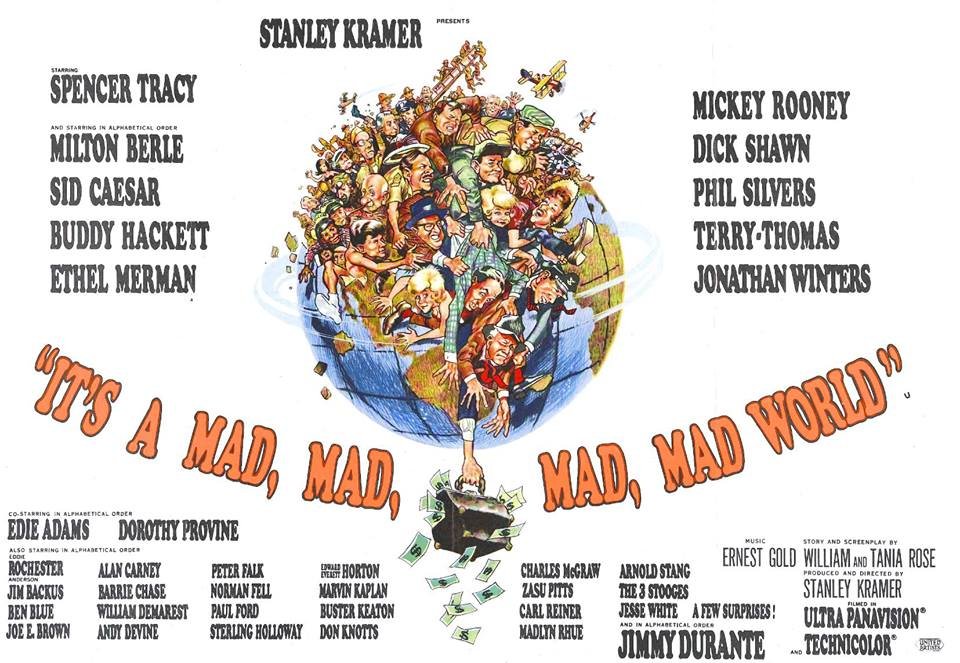Trading was halted 1,200 times Monday
http://money.cnn.com/2015/08/24/investing/stocks-markets-selloff-circuit-breakers-1200-times/index.html
http://money.cnn.com/2015/08/24/investing/stocks-markets-selloff-circuit-breakers-1200-times/index.html
The selling on Wall Street was so dramatic Monday that it triggered unprecedented emergency freezes on stocks.
Stocks and exchange-traded funds were automatically halted more than 1,200 times, according to Nasdaq.
The high level of trading pauses highlights just how extreme the selloff was in a short span of time. Fears about China's economic slowdown caused the Dow to plummet over 1,000 points when the market opened. The Dow ended down 588 points, its worst decline since August 2011.
Installed after the May 2010 flash crash, the so-called circuit breakers are designed to slow down dramatic selling or buying. They are typically triggered when stocks dive or spike by a certain amount in a matter of minutes. Think of it as a time out. Trading is halted for five minutes, giving investors a chance to calm down and allowing cooler heads to step into the market.
Related: Inside Wall Street's insane day of swings
Circuit breakers helped prevent a flash crash
Normally there are a few dozen trading halts a day. But Monday wasn't a normal day with 1,200 halts.
"That's huge. I've never seen that many halts," said Dennis Dick, a market structure consultant at Bright Trading.
Dick said he believes the stock market may have suffered even worse losses if it weren't for the trading pauses.
"The circuit breakers are designed to prevent a full-on flash crash. Those circuit breakers kind of saved the day," he said.
Related: This is not the time to dump your stocks
Alarming ETF meltdown
But a closer look at the securities that were halted also raises questions. The circuit breakers were implemented more than 600 times on ETFs, the increasingly-popular securities that trade like stocks. ETFs hold a basket of stocks, removing the risk of betting on a single company.
ETF.com examined the pricing action and discovered at least eight ETFs that showed "flash-crash" style drops at the opening of trading.
A number of them are tiny ETFs like the iShares Core Conservative Allocation ETF (AOK) and Emerging Markets Internet & Ecommerce ETF (EMQQ). In some ways, that may be expected given how smaller ETFs lack liquidity -- the ability to quickly get in and out of a security, even during market turbulence.
Related: Stock market drop...by the numbers
Large ETFs mysteriously dive
Yet other ETFs that experienced panic selling are far larger and wouldn't be expected to have that kind of turbulence. For example, the iShares Select Dividend ETF (DVY) plummeted as much as 35% at its lows.
That's a stunning move considering this BlackRock (BLK)-backed ETF is worth over $13 billion and is focused on stable American stocks that have a long history of paying dividends.
None of this ETF's top holdings -- like Lockheed Martin (LMT), Philip Morris Internationa (PM)l and McDonald's (MCD) -- suffered losses north of 11%. - (now we know who to invest in)
It was even worse for the Guggenheim S&P 500 equal weight ETF (RSP). The $10 billion fund, which holds some well-known stocks like Chipotle (CMG) and ConAgra (CAG), plummeted nearly 43% at one point on Monday.
Another popular ETF that seeks to capitalize on the booming cybersecurity business plummeted as much as 32%. The ETF, PureFunds ISE Cyber Security ETF (HACK), has a market value of more than $1.2 billion.
Last edited by Carol on Tue Aug 25, 2015 10:12 am; edited 6 times in total



















